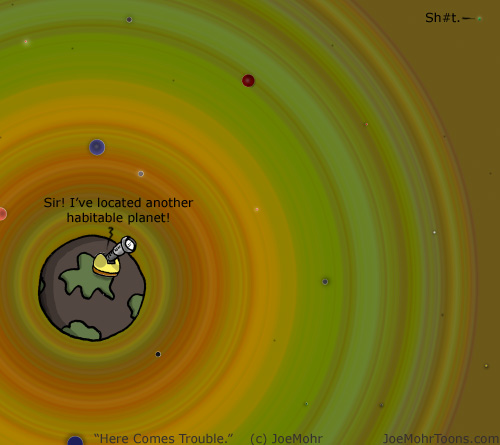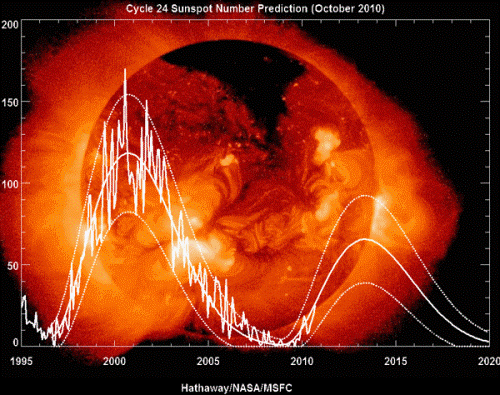Time to look up again tonight (Tuesday, September 9) for the last of five Supermoons this year! This one won’t be as spectacular as the August 10 recordbreaker, but it offers a terrific spectacle. The moon will not be as close to Earth as this until the full moon of September 28, 2015.
The September full moon is known in song and story as the “Harvest Moon.” It’s the full moon that occurs closest to the autumnal (fall) equinox—in the northern hemisphere, usually in September. A bit of Harvest Moon history on YouTube from bsgs98:
“At the peak of the harvest, farmers can work into the night by the light of this moon. Usually the full moon rises an average of 50 minutes later each night, but for the few nights around the Harvest Moon, the moon seems to rise at nearly the same time each night: just 25 to 30 minutes later across the US, and only 10 to 20 minutes later for much of Canada and Europe. Corn, pumpkins, squash, beans, and wild rice—the chief Indian staples—are now ready for gathering.”
This year, we get a double feature with the Harvest Moon, because it’s a Supermoon as well. You may recall that a supermoon makes the Moon’s disk look extra-large when seen from Earth. At perigee, when the moon is closest to the Earth, it can appear up to 14% larger and 30% brighter than when it is at apogee, its farthest point. Supermoons low over the horizon appear biggest.
Here’s a musical treat dedicated to the Harvest Moon:
- “Oh, shine on, shine on, harvest moon, up in the sky,
- I ain’t had no lovin’ since April, January, June, or July.
- Snow time ain’t no time to stay outdoors and spoon,
- So shine on, shine on, harvest moon,
- For me and my gal.”
Nora Bayes and songwriter-husband Jack Norworth introduced this famous song in 1908 at the Ziegfeld Follies, a series of elaborate theatrical productions on New York City’s Broadway. Nora recorded it for Victor in 1910, but it was never released. Ruth Etting, a popular singer of the “flapper” era, sang it in the film Ziegfeld Follies of 1931 as a tribute to Bates.
According to Dawn Papple of Inquisitr, the most super of all the Supermoons during the three decades between 1990 and 2020 will occur on November 14, 2016. Don’t wait for it if you have a clear night on Sunday. It could be raining in 2016.

